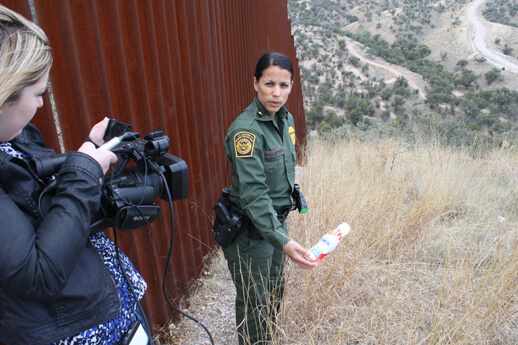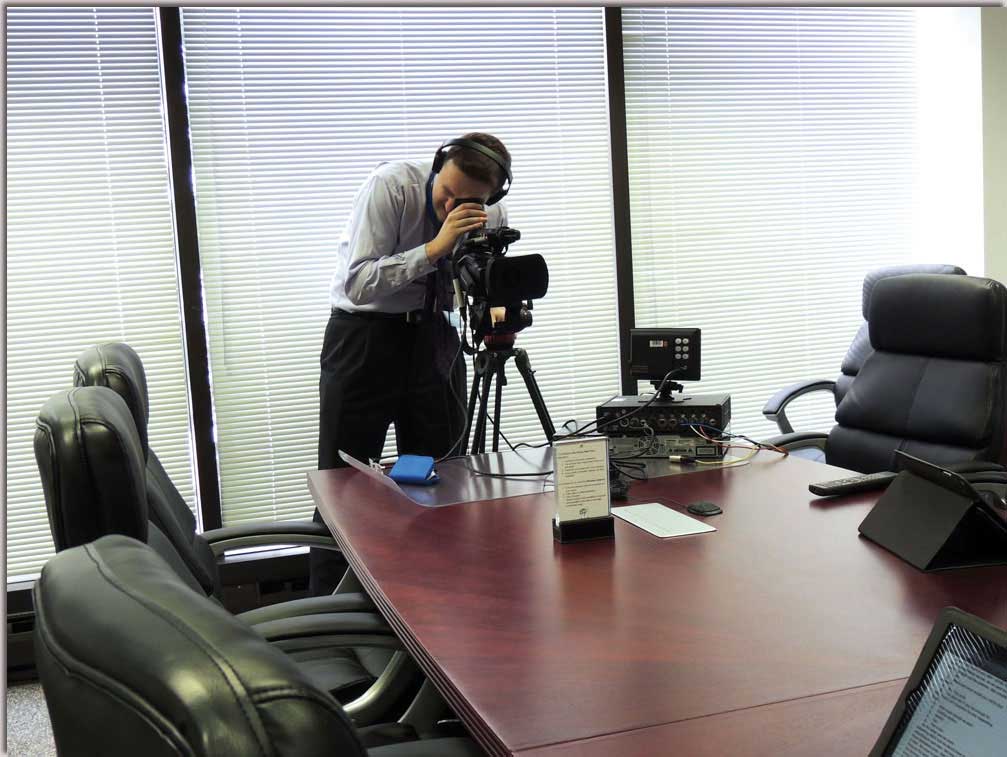Comprehending the Impact of Legal Videography on Situation Outcomes
Comprehending the Impact of Legal Videography on Situation Outcomes
Blog Article
Looking Into the Systems of Lawful Videography: Introduction Its Procedure in Safeguarding Genuine Aesthetic Statement for Judicial Process
In the world of judicial process, the role of legal videography stands as a foundation in protecting and providing visual evidence. As technology proceeds to advancement, the mechanisms behind legal videography have ended up being progressively elaborate, using an essential layer of authenticity to testaments caught on video. By diving right into the operational complexities of legal videography, one can discover the careful processes that safeguard the integrity of aesthetic evidence offered in court rooms - Legal Videography. This exploration not just clarifies the historic development of lawful videography but likewise hints at the future fads that might additionally change how visual testaments are promoted in the realm of justice.
Historic Development of Legal Videography
Taking a look at the historic development of lawful videography exposes a substantial improvement in the catching and presentation of aesthetic proof within the legal landscape. In the past, legal procedures greatly relied upon written records and photographs to document events and give proof. With the development of video technology, the lawful market witnessed a paradigm shift in how visual testimony was caught and provided.
The development of legal videography can be traced back to the late 20th century when developments in video recording equipment made it a lot more obtainable for use in court rooms. This technological development not just enhanced the accuracy and dependability of aesthetic proof however additionally transformed the way instances existed to juries and judges (Legal Videography). Lawyers started to acknowledge the persuasive power of video clip recordings in conveying emotions, nuances, and non-verbal signs that written records or pictures alone could not record efficiently

Innovation Innovations in Video Clip Documents
What crucial technical developments have revolutionized video documentation in the legal area? The lawful field has actually seen considerable advancements in video paperwork innovation that have actually improved the credibility and dependability of visual proof in judicial proceedings. Among the essential innovations is high-definition (HD) video recording capacities, which provide crystal-clear pictures and sharp information that are essential for properly recording statements, faces, and various other aesthetic signs. Furthermore, the integration of timestamping and metadata functions in video clip paperwork tools has actually made it possible for exact documents of when and where the video was taped, making sure the honesty of the evidence offered in court.
Furthermore, developments in video file encryption and watermarking innovations have actually reinforced the protection and tamper-proof nature of video clip evidence, guarding it against unauthorized modifications or tampering. In addition, the introduction of cloud storage options and remote gain access to abilities has structured the storage space, access, and sharing of video proof, promoting seamless cooperation among attorneys and ensuring effective accessibility to vital visual testimonies when needed. These technical developments in video clip documentation have certainly transformed the lawful area, improving the precision, reliability, and admissibility of visual proof in judicial process.
Function of Lawful Videographers in Court Room Setups
The development of check video paperwork innovation in the legal area has necessitated a vital function for lawful videographers in court settings, making sure the honesty and integrity of visual testimonies provided during judicial procedures. Legal videographers play an essential function in catching and preserving exact aesthetic proof that can be crucial in litigation. Their obligation includes establishing up tools, recording procedures, and creating top quality video clips that accurately show the occasions in the courtroom.
In court setups, lawful videographers need to stick to rigorous guidelines and criteria to keep the authenticity of the aesthetic record. They have to possess a keen eye for information and an extensive understanding of legal treatments to guarantee that the video footage they catch is a true representation of the events that transpired. Additionally, legal videographers usually function very closely with legal groups to make sure that the video clip proof aligns with the instance's demands and can be efficiently offered in court to support the legal arguments being made. On the whole, the role of lawful videographers in court room settings is important in supporting the principles of justice and guaranteeing the openness of legal procedures.

Ensuring Admissibility and Stability of Video Clip Proof
To keep the reliability of aesthetic evidence offered in lawful proceedings, ensuring the admissibility and stability of video try here clip evidence is an important obligation for lawful videographers. Admissibility refers to the approval of evidence by the court, and for video evidence to be admissible, it needs to meet specific criteria. Legal videographers play a critical function in making sure that the video clips they capture adhere to the guidelines of proof, such as authenticity, significance, and integrity.
Stability of video proof includes preserving the originality and precision of the video footage from the moment it is recorded up until it exists in court. This consists of safely keeping the video documents, documenting the chain of wardship, and avoiding any meddling or changes. Lawful videographers need to abide by stringent protocols to guarantee the stability of the video evidence and protect against any type of difficulties to its credibility.
Future Trends in Legal Videography
Provided the boosting reliance on modern technology in legal process, legal videographers are poised to welcome ingenious improvements shaping the future of visual statement capture and presentation. Among the famous trends imminent is the combination of digital reality (VR) and boosted reality (AR) modern technologies right into lawful videography. These modern technologies have the potential to revolutionize just how visual evidence is provided in court rooms, allowing courts and judges to submerse themselves in the scene of the criminal activity or case.
Furthermore, using expert system (AI) algorithms for video clip analysis is anticipated to enhance the procedure of examining and assessing big amounts of video clip footage. AI can go to website aid in identifying crucial moments, anomalies, and patterns within videos, enhancing the performance of lawful examinations.

Conclusion
To conclude, legal videography has actually played a vital role in offering authentic aesthetic evidence for judicial process. Via technical developments and the experience of lawful videographers, the integrity and admissibility of video evidence are made certain in court room settings. As legal videography remains to advance, it will certainly be necessary to promote criteria that keep the accuracy and dependability of visual statement for the future of lawful proceedings.
Examining the historic development of legal videography reveals a substantial change in the recording and presentation of aesthetic evidence within the lawful landscape.The advancement of video documents modern technology in the lawful field has actually necessitated a critical role for lawful videographers in court room settings, making sure the stability and integrity of aesthetic statements offered during judicial process. Furthermore, lawful videographers frequently work closely with legal groups to make sure that the video clip proof straightens with the case's needs and can be successfully presented in court to sustain the lawful debates being made.To keep the trustworthiness of aesthetic proof presented in lawful proceedings, guaranteeing the admissibility and stability of video clip evidence is a critical responsibility for lawful videographers. As legal videography proceeds to advance, it will certainly be crucial to copyright standards that preserve the accuracy and integrity of visual testament for the future of lawful procedures.
Report this page